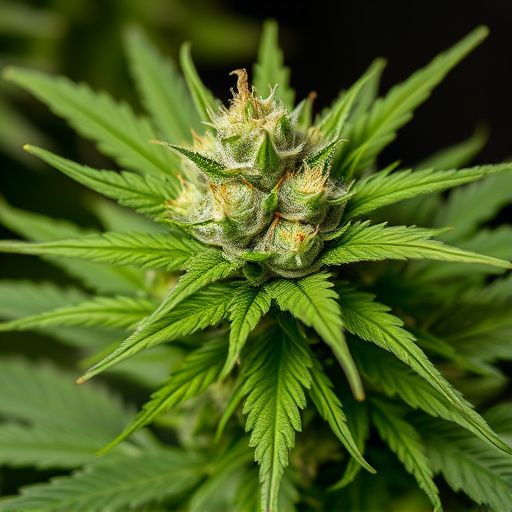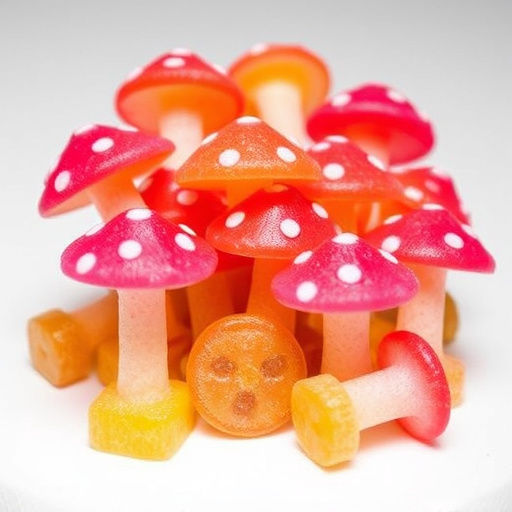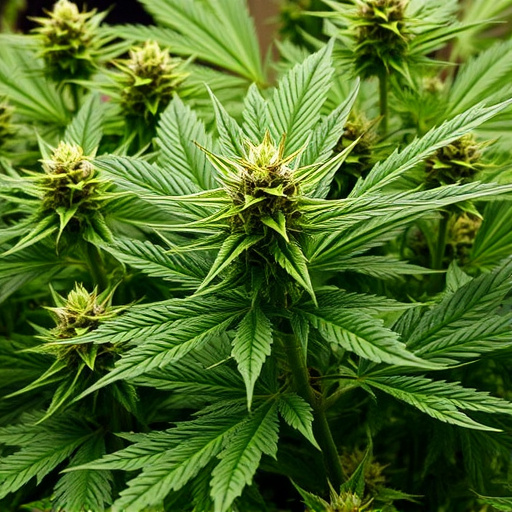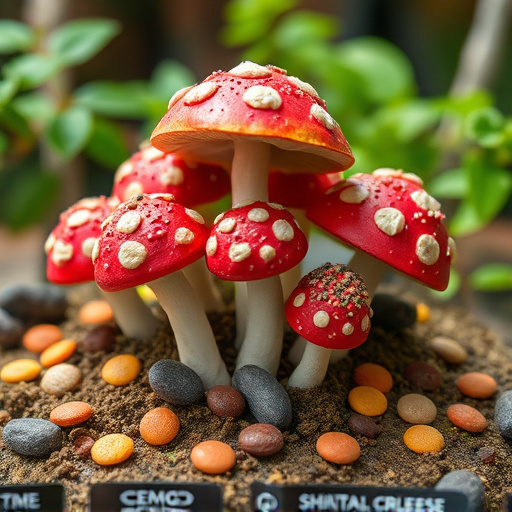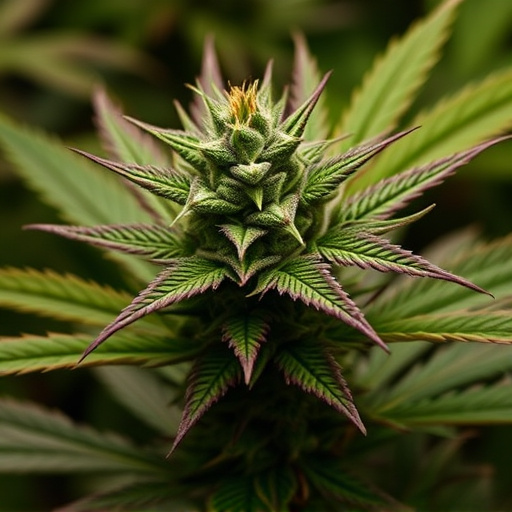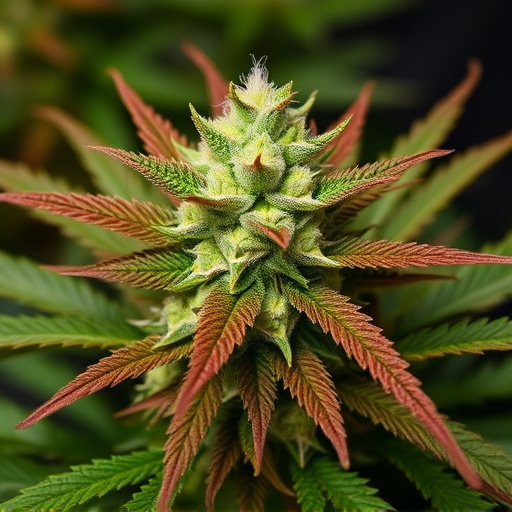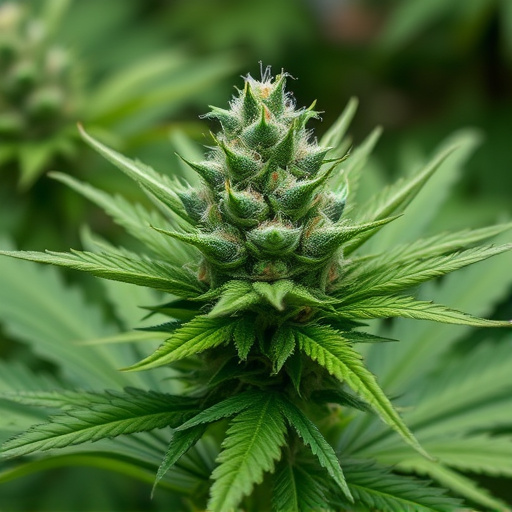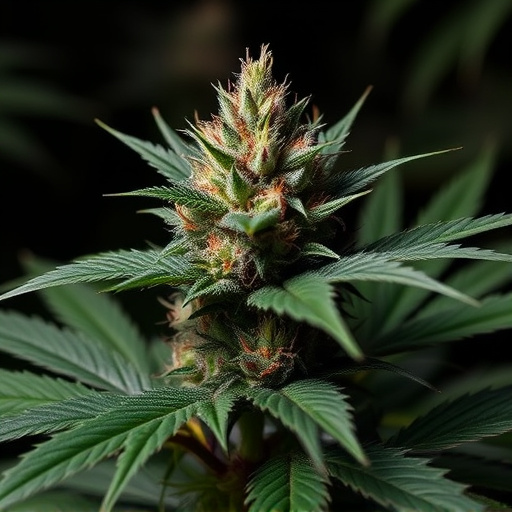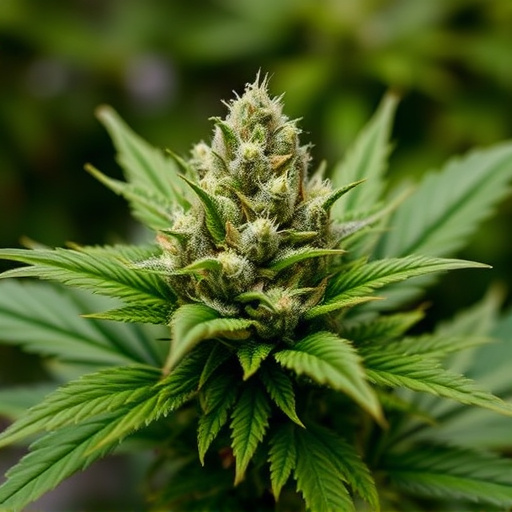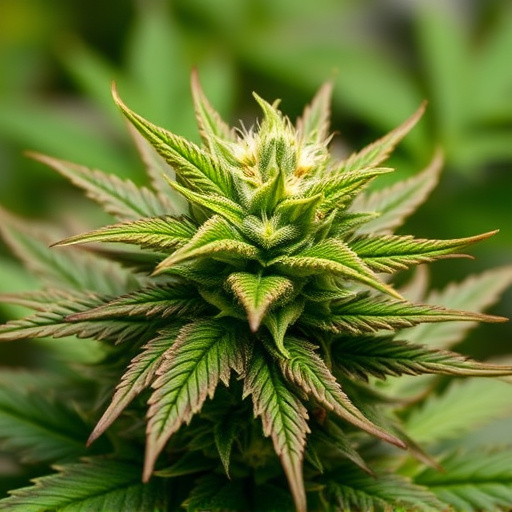The medical benefits of cannabis flowers are derived from a complex blend of cannabinoids (including THC and CBD) and terpenes, which work synergistically for therapeutic effects like pain relief, anxiety reduction, and anti-inflammatory properties. The most potent cannabis strains, cultivating high levels of THC and CBD with diverse terpenes like myrcene, limonene, and pinene, offer intensified therapeutic synergy. Understanding these cannabinoid interactions is crucial to unlocking cannabis's full medical potential, especially in tailored treatments using the most potent strains for specific conditions.
“Unveiling the Medical Potential of Cannabis Flowers: A Comprehensive Guide. Cannabis, with its diverse compounds and unique chemical profile, has gained significant attention for its medicinal properties. This article delves into the science behind cannabis flowers’ therapeutic effects, exploring key compounds like THC and CBD. We dissect the world of potent strains, their specific medical applications, and how they provide relief. Additionally, we navigate safety, dosage, and legal aspects to ensure informed use. Discover the game-changing potential of cannabis, especially in the context of the most potent strains available today.”
- Understanding Cannabis Compounds and Their Effects
- – Exploring the chemical composition of cannabis flowers
- – Key compounds: THC, CBD, and other cannabinoids
Understanding Cannabis Compounds and Their Effects
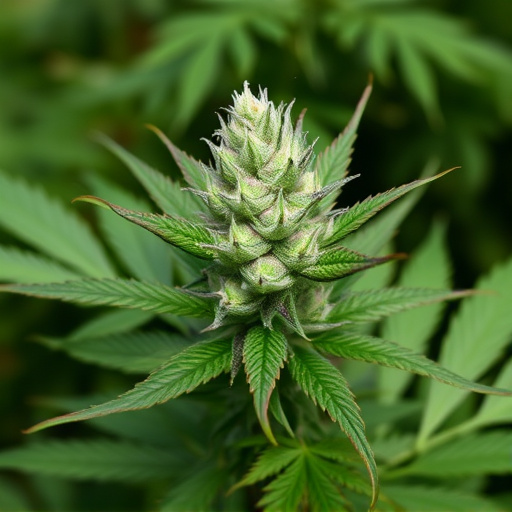
Cannabis flowers offer medical benefits due to their complex composition of compounds, including cannabinoids and terpenes. Among these, tetrahydrocannabinol (THC) and cannabidiol (CBD) are the most well-known for their therapeutic effects. THC is responsible for the plant’s psychoactive properties, inducing feelings of relaxation and pain relief, making it useful for managing chronic pain, nausea, and insomnia. On the other hand, CBD lacks these intoxicating effects but still provides significant medical advantages. It has been shown to reduce anxiety, inflammation, and seizures, and it may even have anti-cancer properties, as research suggests.
The most potent cannabis strains often contain high levels of both THC and CBD, along with a diverse array of terpenes, which contribute to the plant’s aroma, flavor, and potential therapeutic synergy. Terpenes like myrcene, limonene, and pinene have their own unique effects—myrcene is known for its sedative properties, while limonene can elevate mood and reduce stress. Understanding these compounds and how they interact is crucial in unlocking the full medical potential of cannabis flowers.
– Exploring the chemical composition of cannabis flowers
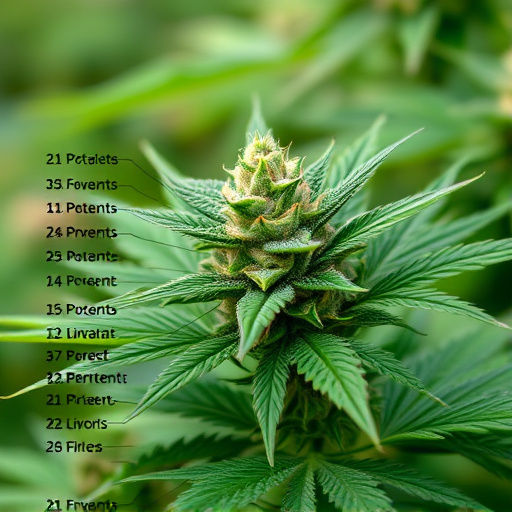
Cannabis flowers are a treasure trove of medicinal potential, thanks to their complex chemical composition. These flowers contain over 100 cannabinoids, with tetrahydrocannabinol (THC) and cannabidiol (CBD) being the most well-known. THC is responsible for the plant’s psychoactive effects, while CBD offers a range of therapeutic benefits without the mind-altering effects.
The chemical makeup of cannabis varies significantly between strains, with some cultivating to be the most potent cannabis strains in terms of both THC and CBD content. This diversity allows for tailored treatments based on specific medical needs. Exploring these compounds and their interactions is crucial in unlocking the full potential of cannabis as a medicine, offering relief and improved quality of life for those suffering from various ailments.
– Key compounds: THC, CBD, and other cannabinoids
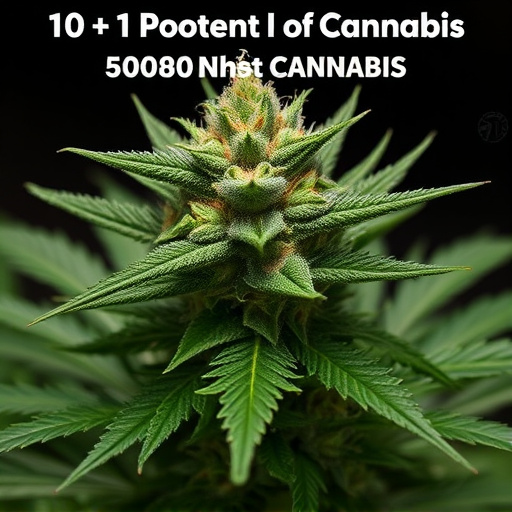
Cannabis flowers offer medical benefits primarily due to their unique composition of key compounds, including tetrahydrocannabinol (THC), cannabidiol (CBD), and other cannabinoids. THC is renowned for its psychoactive effects, providing relief from pain, anxiety, and nausea. It interacts with the endocannabinoid system in the body, modulating mood, memory, and sensory perception.
Among the most potent cannabis strains, high concentrations of THC can deliver intense therapeutic effects. However, CBD, often hailed as a non-psychoactive alternative, plays a crucial role too. CBD is known for its anti-inflammatory, analgesic, and anxiolytic properties, making it valuable in managing chronic pain, epilepsy, and panic disorders. Other cannabinoids, such as cannabigerol (CBG) and cannabinol (CBN), also contribute to the plant’s therapeutic profile, offering additional benefits like antimicrobial and sedative effects.
Cannabis flowers offer a wide range of medical benefits thanks to their complex chemical composition. Understanding the key compounds, such as THC and CBD, is crucial in navigating the potential therapeutic effects. Among the most potent cannabis strains, specific varieties have shown promise in treating various conditions, from chronic pain and anxiety to epilepsy and inflammation. As research continues, a deeper understanding of these compounds can lead to more effective and personalized medical cannabis applications.
